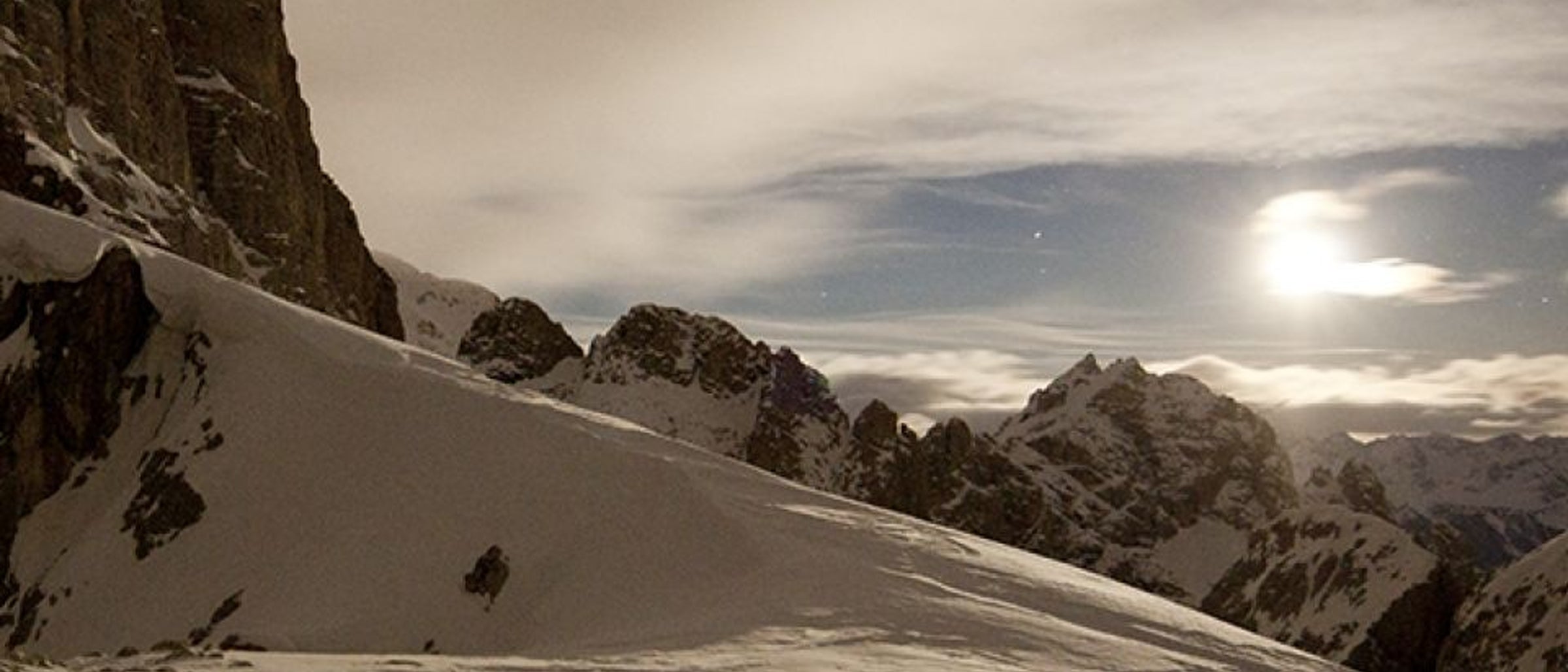9 Winter Hiking Tips

As autumn turns to winter, the nights draw in and the temperature drops a little more. It is essential to take the change in weather and shortened length of the day into account when planning your next trek. Whether you are walking up large hills or across stunning moors, thinking ahead is vital. Here at LOWA, we have compiled a list of tips to ensure your next winter walk is as enjoyable and safe as possible. We love walking in winter as it is a great way to enjoy the beautiful, fresh crispness of the coldest season. For more inspiration, take a look at our blog on reasons why walking in winter is best.
Safety First
Make sure you have all the back-up necessary when on your winter walk. Pack these things for emergencies:
• A first-aid kit
• A compass
• A trail map
• A pocket knife/multi-tool
• A headlamp or torch
• Hand-warming packets
If you are walking as a group, a great tip is to divide the heavier items amongst all participants to lighten the carry load. Preparing for an overnight stay in an extreme emergency if on a more heavy-duty hike should be anticipated by ensuring you have warm safety gear, such as a sleeping bag, to avoid ailments in the worst-case scenario.
Stock Up on Snacks
Packing enough food for the journey probably goes without saying. With the drop in temperature, your body may need to be more regularly refuelled than a usual hike to keep energy levels up in a colder climate. Tasty snacks could include granola, peanut butter bars or ‘just add water’ meals for journeys that require substantial food
If you are not too far from civilisation, a meal at a bar or restaurant might be a nice, welcome treat to warm you up as well as break up the journey.
Use a Thermos
A thermos is a great way to ensure you have plenty of liquid to drink while on your walk. Whether you would like to fill it with tea, coffee, hot chocolate or even soup, it will be much appreciated when you need to warm up on the trail. Water at room temperature is less likely to freeze, so it is a must in order to stay hydrated!
Make Sure to Layer
Layering is essential to regulate body temperature successfully. By keeping your core sufficiently warm, it will prevent other, more exposed areas of the body such as fingers and toes from suffering. Instead of wearing thicker, bulkier items, layering thinner and moisture-removing materials is a much more efficient method to cope in cold temperatures when walking. Fabrics such as cotton and jeans should be avoided at all costs because they retain water and will make your temperature drop when wet. For more advice on layering, our blog on what to wear for DofE has further information on the type of clothing to wear and the materials to look out for.
Keep Dry
A sufficient way to stay warm is to make sure you stay dry! Investing in appropriate, high-quality materials is essential to achieve this. Looking after your feet is vital for comfort but also to keep your temperature up, and to choose boots which have waterproof properties is necessary. Our range of women’s and men’s Gore-Tex hiking boots supply a wide range of waterproof shoes which protect your feet from the harsher elements of cold weather. Wearing thick walking socks is also vital to keep your feet toasty and comfortable. Ensure you have a decent waterproof coat, and where necessary, wear waterproof trousers too.

Make the Most Out of Gaiters
Keep water out of your shoes by wearing gaiters. They’re not the most fashionable of items, but are incredibly useful for maintaining warmth instead of getting uncomfortable, wet feet!
Keep Your Head Covered
Keeping your head warm is essential to maintaining a healthy temperature in colder climates. Covering your head reduces the heat escaping and will keep your ears protected from severe elements.
A snood is a brilliant accessory that can be used in different ways. Wear it as a scarf, a way to cover the lower face in cold wind or as a headband to keep hair away from the face, it is an efficient way to retain heat to exposed areas of the body. Make sure all parts are covered and invest in suitable gloves too.
Make Sure Battery Powered Items Stay Warm
The lower temperatures of winter weather can very quickly drain batteries. In general, lithium batteries are more reliable in a drop of temperatures in comparison to alkaline ones. However, it is good practice to keep all gadgets which are battery-powered as warm as possible to avoid unnecessary drainage.

Know It’s Ok to Turn Back
When the walk is no longer enjoyable, and it feels on edge to continue due to the colder temperatures, its ok to call it a day and get back to safety. Make sure you have enough resources, energy and time to return to your base without strain and worry.
Do you have any other useful tips for winter walking? Get in touch with us via our social media channels; we always look forward to hearing from you!








